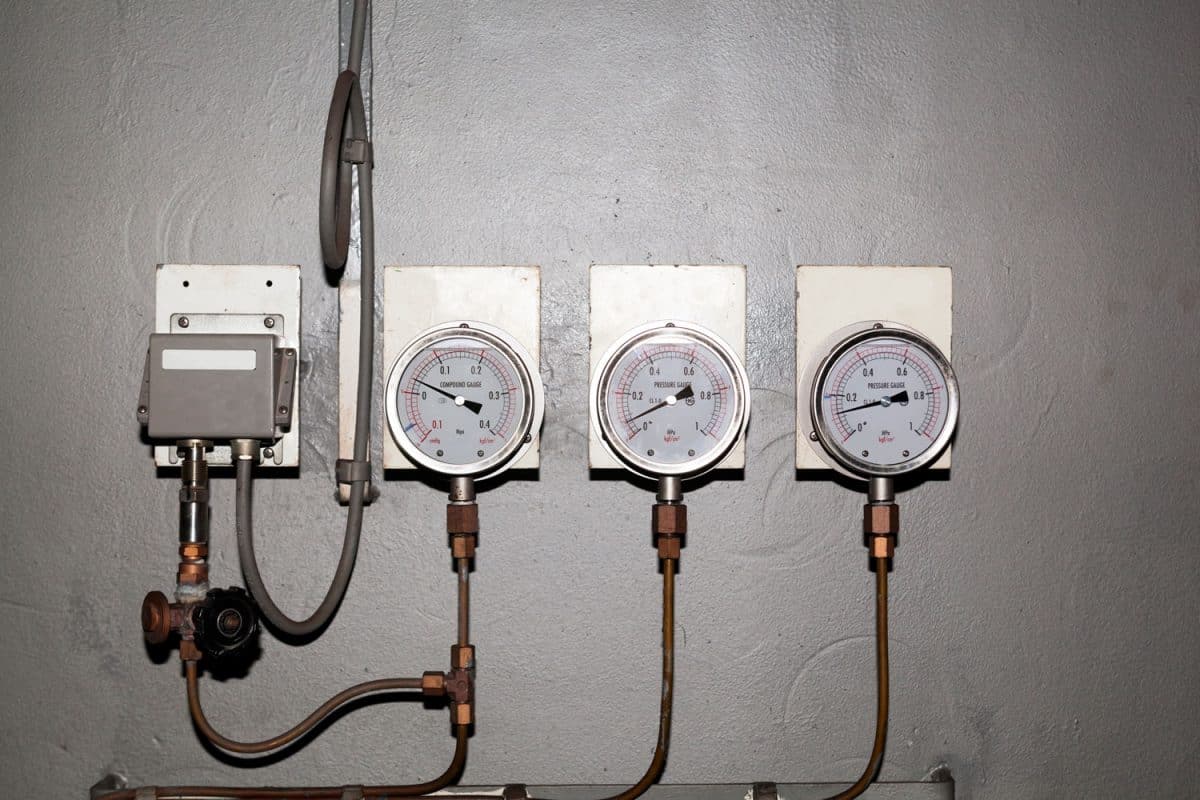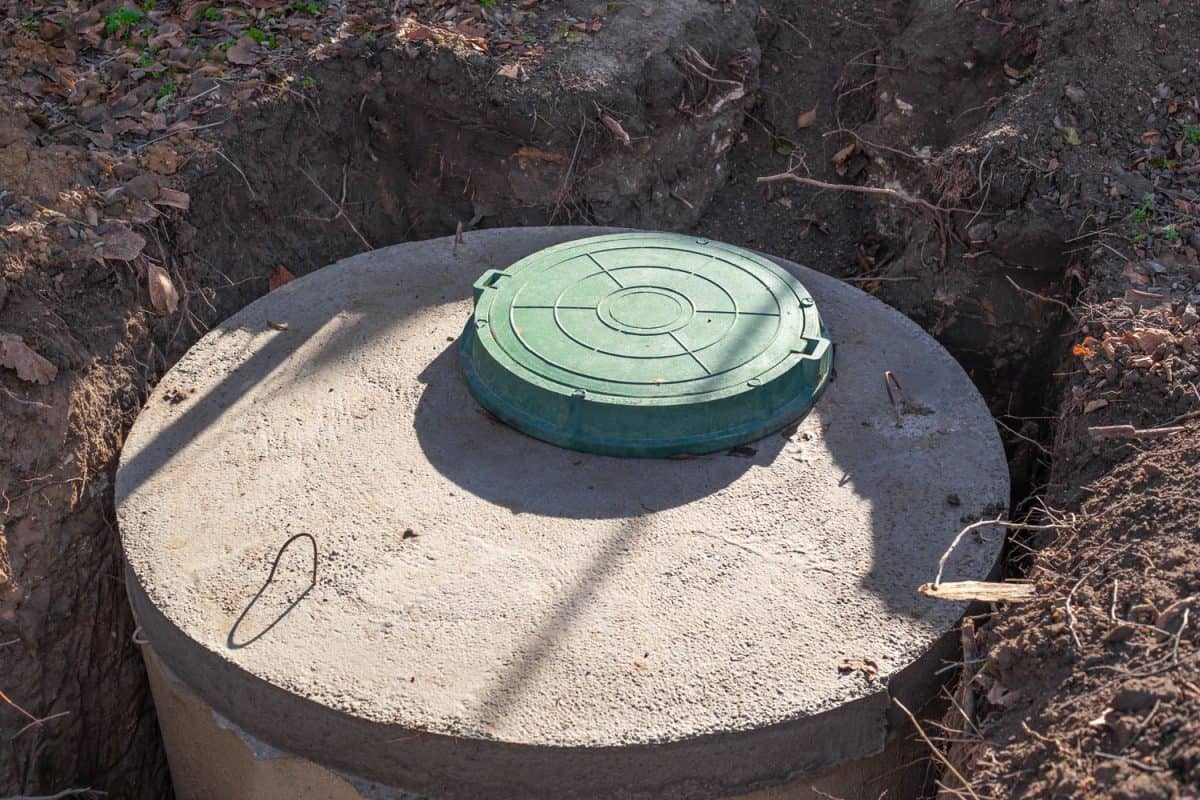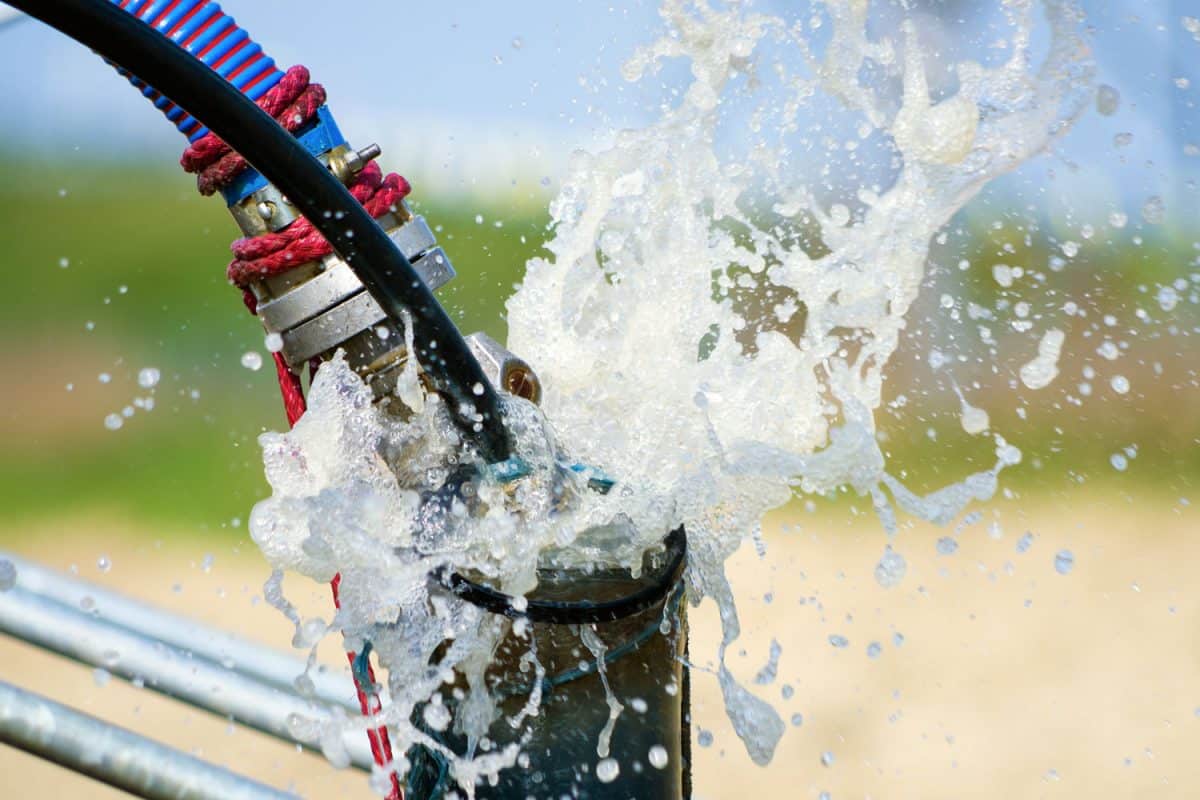Well pumps help deliver water from your freshly-dug well into your home. If you want a well to work as effectively as possible, though, you need to install the right kind of pump. How far can the average well pump push water, then? We're here to bring you the answer.
Different well pumps can push water different distances. For example, a well pump with a single line tends to push water a maximum of 25 feet vertically. Comparatively, shallow well pumps can push water 30 feet vertically.
When installing a well pump, you'll need to measure the pipe's depth and distance from your home to determine which pump best suits your needs.
You can work with professional contractors in your area to assess the state of your lawn and home before purchasing a pump for installation. When you know what kind of distance your pump needs to give you, you'll limit the delivery problems that might otherwise plague your home. Read on to learn more about the well pumps available in your area and how they can most effectively serve your needs.

How Far Can Well Pump Push Water?
The distance a well pump can push your well water varies on its make. While horsepower plays a significant role in the well pump's power, so does the distance of the pump's pipes and the depth of your well.
What's more, well pumps don't just move your water in a single direction. Well pumps must first lift your water out of its well and then deliver it to the rest of your home. Consider how far your well pump can push water. Then, you have to break its power down by its vertical and horizontal reach.
Note, too, that a pump that has a significant horizontal reach isn't always the pump you want on your property. The longer your home's pipes are, the more likely it is that your water will lose some of its pressure on its way to your faucets.
You can work with area contractors, then, to determine how best to configure the piping in your home for maximum comfort.

How Far Can a Shallow Well Pump Push Water?
Shallow well pumps are pumps installed at the mouth of your well. Because these pumps run parallel to the lay of your land, they don't so much push the water out of your well as they do pull it up.
You can expect a shallow well to boast a pump rate of four gallons per minute, or GPM, though there are variations in GPM depending on the make and model of the pump you bring home.
On average, shallow well pumps can move water 25 feet vertically and horizontally. As such, these pumps are ideal for homes that rest near sea level or wells that don't require a significant amount of digging. If you try to fit a shallow well pump to a deeper well, you'll find yourself contending with regular water shortages, if your pump functions at all.
Many shallow well pumps also require some manner of holding tank to adequately deliver water to the whole of your home. You can discuss compatible additions and the best piping lines for your unit when you install your shallow well pump.
How Far Can a 3/4 HP Submersible Pump Push Water?
3/4 HP submersible pumps tend to outstrip their peers in terms of length and usability. That doesn't mean that it's the ideal pump for your home, of course—but it does make it a darn good contender.
These pumps tend to generate 85psi, making them the ideal well systems for larger homes. 3/4 HP pumps also tend to have a higher water capacity, with estimates capping out at 13 GPM.
How does the 3/4 HP submersible pump stand up in terms of power and length, though? Generally speaking, this pump can reach down into wells that drop 30 feet deep.
Because these pumps run a bit deeper than the standard shallow well pump, you can use them to eke out the last bit of footage you may need if you live on higher ground (or in a two-story unit).
This unit's pipes tend to run up to 250 feet, ensuring that you can more effectively deliver water to all of the areas in your home that may need it.
How Far Will a 1/2 HP Submersible Pump Push Water?
While the 3/4 HP submersible pump may be the king of the hill, the 1/2 HP submersible is no slouch. These pumps generate an average of 55psi, making them the perfect fit for single-story family homes.
A 1/2 submersible pump also boasts 10 GPM, meaning that you can complete a day's worth of household chores without having to worry about running out of water.
At the end of the day, though, the question turns back to push and lift. You can expect a 1/2 HP submersible pump to raise your water up to 10 feet out of the ground. This lift rate makes the 1/2 HP pump ideal for homes closer to sea level.
1/2 HP pumps tend to have shorter pipe lengths than their competitors, as well. These pumps tend to cap out at around 25 feet in length. This means that you may have to get creative with your home's plumbing if you want your water to reach off of your faucets and appliances.
How Far Can a 1 HP Sump Pump Push Water?
If you're not content with your submersible options, you can always opt to put a sump pump to use. A 1 HP sump pump has significant vertical and horizontal reach, making it ideal not only for residential homes but also for commercial units.
These pumps deliver an average of 19 GPH and can lift water from wells that are 200 feet deep. You can expect their pipes to run between 30 and 150 feet, depending on material availability and the needs of your home.
Are There Other Kinds of Well Pumps?

The well pumps available on today's market are many and varied. If the 3/4 HP submersible, 1/2 HP submersible, 1 HP sump pump, or shallow well pumps all fail to fit your needs, you can also explore your jet pump and deep pump options.
What is a Jet Pump?
Jet pumps are two-line pumps that can run either shallow or deep on your land. One line of the jet pump draws water up and out of your well. The other delivers water into your home's pipes, ensuring that it travels to all of the appropriate rooms. On average, jet pumps can pull water out of wells that drop down to 110 feet.
What is a Deep Well Pump?
As the name suggests, deep pumps work best in wells that have been dug a substantial distance beneath the surface of your land. These wells are placed below a well's water level to ensure effective use. Not only does this type of pump have more control of your water pressure courtesy of its attached pressure regulator, but it can also draw water out of wells dug 400 feet into the ground.
Don't think that deep wells are impossible to access after installation, though. If you start having trouble with your home's water flow or want to perform regular well maintenance, you can rely on the deep well pump's surface controls.
These controls not only let you monitor the quality of your well and pump, but they also allow you to raise your pump back up to surface level if it needs repairs.
Will a Submersible Pump Run Without Water?
Submersible pumps are meant to be kept in water at all times. Pumps that try to run without water present can endure long-term if irreversible, damage.
A submersible pump that finds itself without water immediately starts to lose its impeller quality. The longer your pump runs without water, the more likely it is to lock.
Similarly, this damage can impact the usability of your pump's motor, effectively making it impossible for the pump to deliver water back to your home. Let your pump go too long without essential repairs or maintenance, and you may find that replacing your existing unit is the only way to restore the flow of water through your house.
How Long Can a Submersible Water Pump Run Continuously?
While most pumps aren't designed to run without stopping, each one is equipped with the tools it needs to adequately deliver water throughout the whole of your home. A pump's motor keeps it in good working condition and ensures that you get a glass of water while doing the dishes or cleaning your laundry.
There are two kinds of motors that your pump can come with. An intermittent pump runs your pump for a set time, usually up to six hours, and then briefly turns off. This stop-and-go effort prevents your pump's motor from overheating and ensures that your pump lives a longer life.
A continuous motor, comparatively, runs for 24 hours without stopping. These motors will run until they wear themselves out. The good news is that your home will have constant access to your well water. Unfortunately, your pump may start to show signs of wear far sooner than it might otherwise.
Equip Your Home with the Powerful Well Pump It Needs

Your well pump's power determines how effective your land's well will be. If you install a pump that can't cope with the depth of your well, there's a good chance that you'll have to contend with low water pressure or even water shortages throughout your home.
Fortunately, you can work with professional contractors in your area to avoid these kinds of installation mishaps. Measure the depth of your well ahead of time to determine whether a shallow, 3/4 HP, 1/2 HP, or 1 HP well pump suits your home.
To read more about these issues, check out these posts:
